South Minas, Brazil & how to brew Brazilian half-sun coffee beans in Syrador boutique coffee producing area
Professional coffee knowledge exchange more coffee bean information please follow the coffee workshop (Wechat official account cafe_style)
The higher the altitude of coffee beans is, the smaller the density and hardness of coffee beans will be, and the more flavor of coffee beans will be formed because of the temperature difference between day and night at high altitude. Brazil has a low altitude, flat and monotonous landform, lack of micro-climate, and is used to growing coffee trees in the sun, so it produces the unique soft bean flavor of Brazil. Brazilian coffee beans from different producing areas are tested in the front street. It is considered that the Brazilian coffee beans have low acidity, sweet chocolate and mellow taste in the nutty flavor.
History of Coffee cultivation in Brazil
Brazilian coffee was introduced to Brazil from French Guiana in the 1720s. Francesco Paletta, a Portuguese captain from Brazil, captured the heart of the then governor's wife in Cayenne, the capital of French Guinea, and successfully brought coffee seeds to Brazil. Since then, coffee has adapted quickly in Brazil, spreading from the north to the southeastern state of Sao Paulo and the southern province of Parana, where it is at slightly higher latitudes and Frosts Descent in winter, resulting in heavy losses to farmers.
From 1970 to 1980, Brazilian farmers developed the warmer provinces of Minas and Bahia in the northern state of Sao Paulo, which are less warm in winter than Frosts Descent until today Minas has become one of the main producing areas of Brazilian boutique coffee.
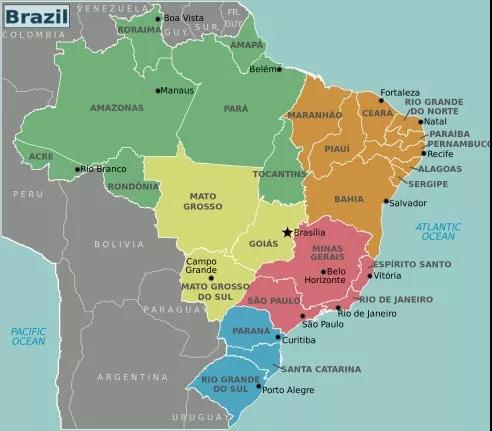
Before 1990, the Brazilian government carried out strict monitoring of the coffee industry, with both strict intervention and price protection measures, and the state has been implementing minimum price protection measures for farmers, resulting in coffee overproduction.
Since the opening of the free market in 1990, the original Brazilian Coffee Authority (IBC) has been replaced by the National Economic Association, the country's non-investment administrative body, which pursues a policy of non-intervention and allows producers to negotiate directly with exporters. The business activities of exporters are supervised by the government legislation, and the relevant departments register legitimate exporters. Since 300 years ago, coffee has become the main source of economy in Brazil, and Brazil has also become the largest producer of coffee in the world.
Coffee growing areas in Brazil
The main producing areas of Brazilian coffee beans are: Minas Gerais MinasGerais, Sao Paulo Sao Paulo, Bahia Bahia and Esp í rito Santo Espirito Santo, which account for 90% of the country's exports. Our common Mojiana is from S ã o Paulo, Syrador and South Minas in Minas Gerais because the three producing areas of Minas province are high above sea level and produce high-quality Brazilian coffee beans.
Brazil produces more or less coffee beans, depending on whether Milas has a rich harvest or a poor harvest, while Minas's harvest depends on South Minas, Hilado and Morgiana. Brazilian Arabica is mainly produced in southern Minas and central Syrador. Minas produces 66.7% of the Arabica coffee bean center in Brazil.
South Minas Sul de Minas has more than 1100 above sea level, undulating foothills, rich landform, obvious dry and wet season, large temperature difference between day and night, rich micro-climate, suitable for cultivating bourbon and yellow bourbon, so it naturally becomes the main producing area of boutique coffee.
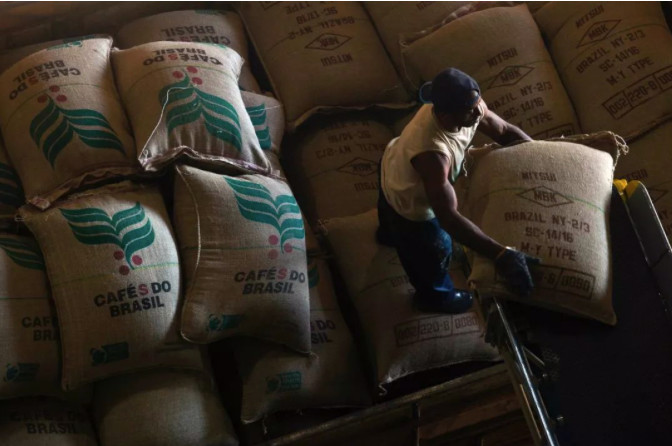
With regard to the Hilado Cerrado region, we have to mention the Hirado prairie, which is home to the most diverse species in the world. But when it comes to the coffee-producing areas of Hilado, not all the coffee grown on the prairie is called Syrador Coffee. The only coffee that can be crowned with Syrador Coffee is at an altitude of 1100-1300m, where there is the essence of the Hirado Prairie, with high elevation and fertile soil. Qianjie thinks that the coffee beans produced in this area are sweet, mellow and fishy.
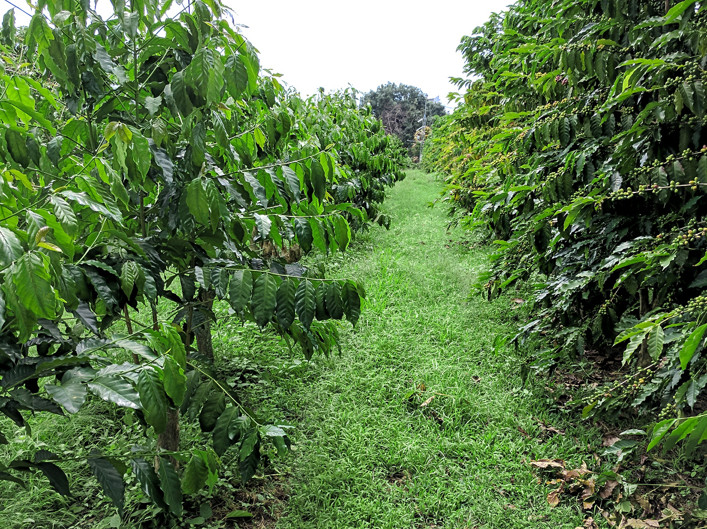
The area of Morgiana Mogiana is very close to the south of Minas. Coffee is grown between shrubs, grasslands and other vegetation. There are many farming families in this area, some of which operate in the traditional way of large farms, while others operate in a small-scale and modern way. Modern science and technology mixed with mountain coffee cultivation culture has created the highest quality raw coffee beans. Through the cup test in Qianjie, it is found that the coffee beans produced in this area are as sweet as sugar.
Influence of COVID-19 epidemic situation on Brazilian Coffee
Coffee bean consumption in Brazil is growing at about 5 per cent a year. Per capita coffee consumption has surpassed that of the United States to become the largest coffee consumer in the world. Its output is the first in the world, as long as the country's coffee production is affected, it will directly affect the fluctuation of global coffee.
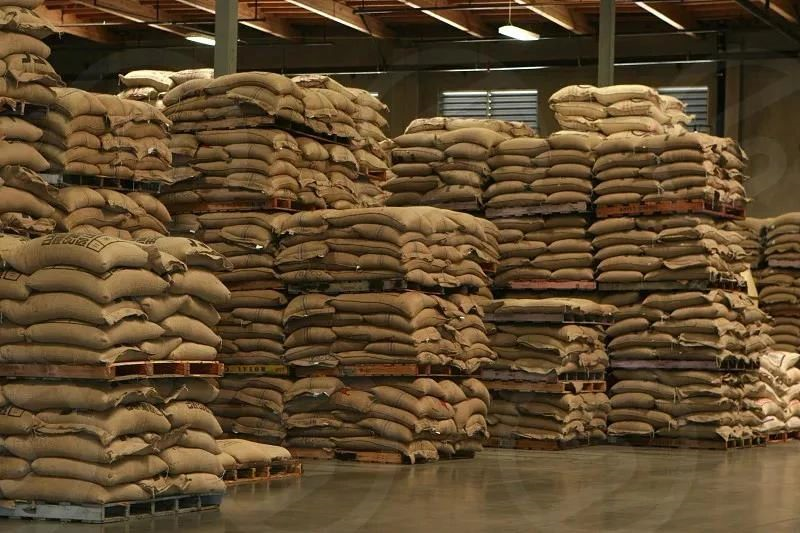
According to the latest news from Coffee Finance Network, according to Bloomberg, coffee warehouses in Brazil are almost full of coffee beans, and they have never been expected to be so overloaded in history. Trucks full of coffee beans from the producing areas need to be lined up at the door of the warehouse for several days to unload. Due to the current high spot prices, farmers have sold a large number of coffee production this year (expected to be 60%, up from more than 40% in previous years). On the other hand, due to the new restaurant virus epidemic led to reduced demand and supply chain disruptions, resulting in a large number of coffee beans placed in the warehouse. A local Brazilian agricultural consulting firm said it would take six to seven days to unload, and coffee beans shipped to cooperatives in southern Minas Gerais have begun to meet demand in silos outside the warehouse. Truck drivers have to double the charge when transporting coffee beans because of the long waiting time.
Brazilian coffee varieties
At present, Brazil takes Red Bourbon, Yellow Bourbon, New World and Kaduai as the main varieties.
Bourbon Bourbon: coffee was originally grown on the island of Reunion, which was also known as le Bourbon before 1789. Bourbon, the second species caused by the Typica mutation, is the oldest coffee variety in existence, and the green fruit appears bright red when it is ripe. After the red bourbon general coffee tree blossoms and bears fruit, the color change of the coffee fruit is: green > turn yellowish > turn slightly orange > turn mature red > turn more ripe dark red, so some people also call it [red bourbon], in fact, red bourbon, that is, what we call bourbon species. Bourbon planted at high altitude usually has a better aroma, while the acidity is brighter, and it even tastes like red wine. Generally speaking, bourbon is a coffee tree that belongs to a branch of Arabica species, generally bearing red fruit, called red bourbon, in addition to yellow bourbon, orange bourbon, yellow bourbon relatively low yield, but better quality.
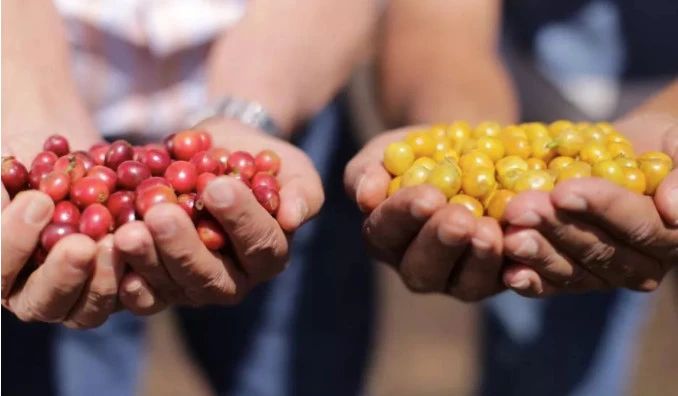
New World Mundo Novo: the result of a natural cross between Bourbon and Typica, first discovered in 1943 in Titeminelos, Sao Paulo, Brazil. The new world was originally planted in the new world market (Novo Mundo), which is now Uruppez.
Kadouai Catuai: coffee variety artificially crossed by Kaddura and New World (Mondu Novo). Kaduai inherits Kaddura's small trees, which do not need shade, are easy to grow and easy to pick. It also has a better ability to resist natural disasters than the New World. It has a good acidity in flavor. Kaduai generally presents two types of red fruit and yellow fruit.
Brazil's original half-sun coffee treatment
Before 1990, almost all of Brazil adopted rough sun treatment, which made Brazilian beans easy to catch the smell of rotten wood or soil, because coffee fruits go through a two-to three-week exposure process, and when it rains and returns to tide, it is easy to produce mildew. In order to change this situation, Brazil strictly rejected Brazil's relatively dry climate in 1990 and developed half-sun tanning (Pulped Natural) to shorten the processing time.
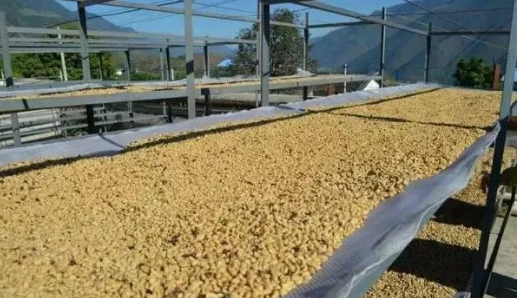
Half-sun is to remove the peel and pulp of coffee berries, which can control the degree of fermentation of pectin coffee beans after peeling and peeling. The traditional sun is the sun with peel and pulp, so the fermentation degree of pectin can not be seen. The half-sun treatment is between the sun treatment and the water washing treatment, but there is no "pool fermentation and water washing" process of the water washing treatment, but it is directly exposed to the sun. Although the method seems to be similar, without the step of fermentation, the flavor of coffee beans is completely different. Half-sun treatment in the process of removing the pulp of coffee peel, the ripe pulp will be easily removed, and the immature green fruit peel is not easy to deal with, so a second screening can be carried out to filter the immature fruit and unify the maturity of the coffee fruit. Compared with the sun drying method, Qianjie believes that the cleanliness and maturity of the coffee beans will be improved, resulting in a more uniform taste of coffee.
The introduction of half-sun treatment does not mean that it is used in all Brazilian producing areas. Shirado with low incense humidity is mainly used in the sun treatment, while half-sun hair is a supporting role in Hiladow, but the red bourbon in the front street coffee area is treated by half-sun treatment.
Brazilian coffee bean grading system
We usually see this message on the sacks of Brazilian coffee beans: Brazil NY.2 SC-17 FC, which is a three-stage grading method unique to Brazil, which is not adopted in other countries, because the production area is too large and produces too many beans. In order to prepare the special coffee flavor for export, these coffee beans are often mixed, so when there is a situation of different quality, we need to use "cup test" grading, so that consumers as long as they see the raw bean information. You can get a general idea of the quality of coffee.
1. Classification according to defect rate
The evaluation method of Brazilian coffee is "deduction method". According to the number of defective beans per 300g of main beans, there are seven levels from No.2 to No. 8, and if the deduction is less than 4, it can be classified as No.2. Not a single defective bean can certainly be called No.1, but this situation is rare, unable to maintain a certain supply, so Brazil set No.2 as the highest level, not No.1.
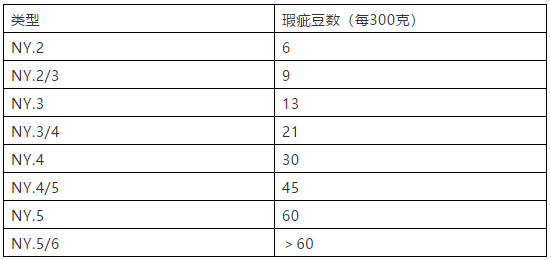
two。 Classify according to the size of legume
Number of mesh: this is a screen based on a scale of 64 inches. The size of the screen is usually 14 mi 20. In addition, it should be noted that the size corresponding to the number of items is the short side of the coffee bean, that is, the "width". The largest number of items of coffee beans in Brazil is 19 mesh, but the yield is not much, so the highest grade is 17 white 18 mesh.

3. Cup test quality
Fine cup | fine | good cup | fair cup | poor cup | bad cup | FC (Fine Cup) and GC (Good Cup) are common. Many companies or platforms also add messages such as treatment methods (sun / water washing / honey treatment) and manors.
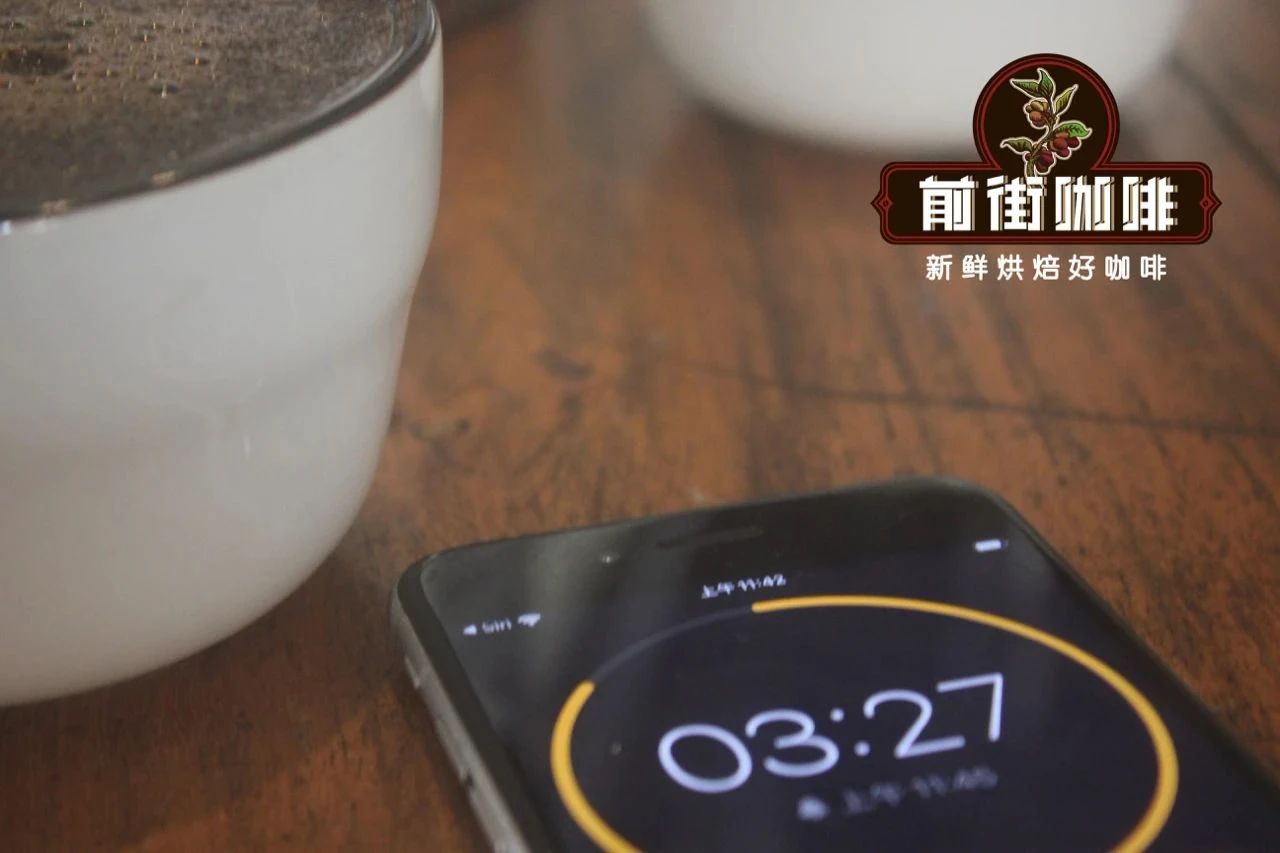
4. Flavor grade
Brazilian coffee beans are classified into five categories according to their flavor levels. They are: Strictly Soft → is very supple, Soft → is very supple, Softish → is a little supple, Hardish → is not palatable, and Rioy → has iodine choking taste. Brazil-Coffee beans are tested by the local coffee association as Strictly Soft Fine Cup (very supple), the best grade. To sum up, Brazil NY.2SC-17 FC Cerrado 18 means country Brazil, defect rate grade 2, raw bean mesh 17,018 mesh, high quality cup product, produced from Syrador. This is also the Brazilian formula beans that have been used in Qianjie Coffee.
Then the front street uses two Brazilian coffee beans on the shelves, yellow bourbon from Queen Morgiana Manor and red bourbon from Syrador for raw bean analysis, roasting, cup testing and brewing comparison.
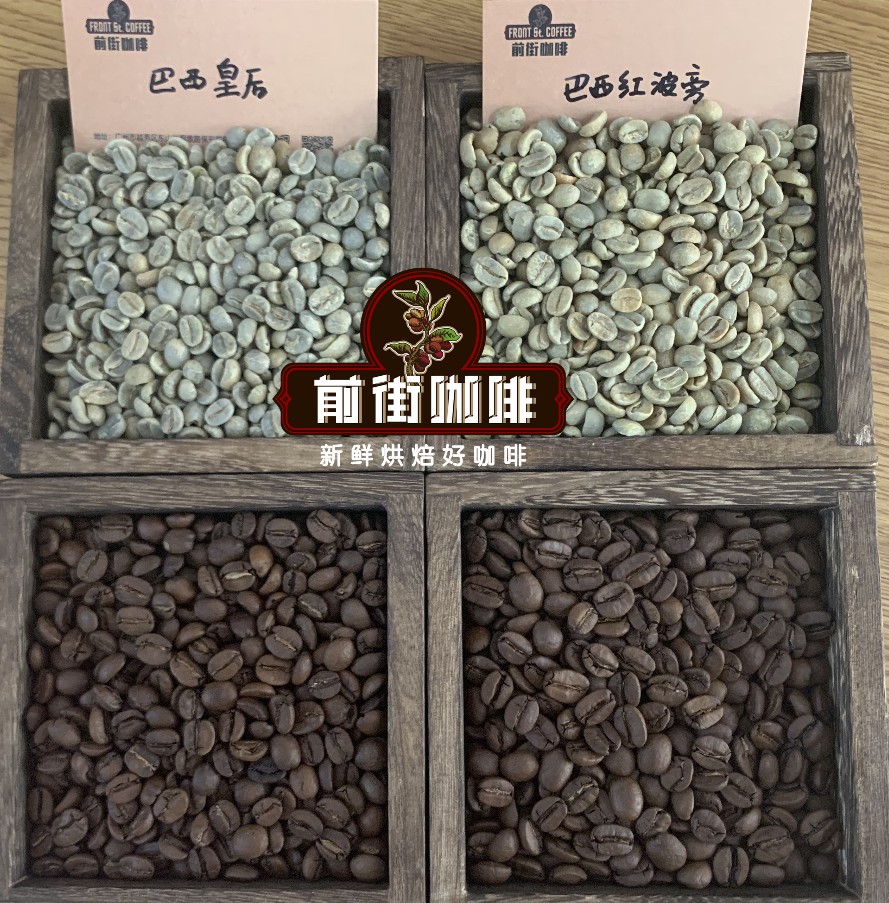
Analysis of raw beans of Qianjie coffee
Brazilian coffee generally grows at an altitude of 1000-1300 meters above sea level. Qianjie coffee notices that its density is relatively low, the water content is moderate, the bean quality is soft, and the thickness from bean surface to bean core is thin, so it is not suitable for baking at too high temperature. in this way, there will be a bitter taste. We choose the method of throwing beans over medium heat to keep the firepower to the dehydration stage, and fine-tune the caramelization reaction with the increase of temperature after the first explosion, which makes the caramelization reaction more fuller. After the semi-water washing and explosion, the temperature rises slowly, and the beans can be dropped when the second explosion is near.
Experience of coffee baking in Qianjie
Brazilian yellow bourbon baking suggestion: Yangjia 800N, bean 550g: warm up to the facility 200 degrees into the pot, firepower adjustment 150, throttle open 3, temperature recovery point 1 "39", 30 ", maintain firepower, 5 minutes 39" 10 "turn yellow, grass smell disappears, enter the dehydration stage, firepower is reduced to 125, throttle is open to 3.5. After dehydration, the bean surface appeared wrinkles and black markings, and the taste of toast changed to coffee, which was a prelude to an explosion. When the firepower dropped to 80 at 178 degrees Celsius, you should pay attention to the sound of an explosion. When 9 degrees 39, 14 "began to explode, the throttle door was fully open. After an explosion, the development time is 390 degrees 3900 minutes. 201 degrees.
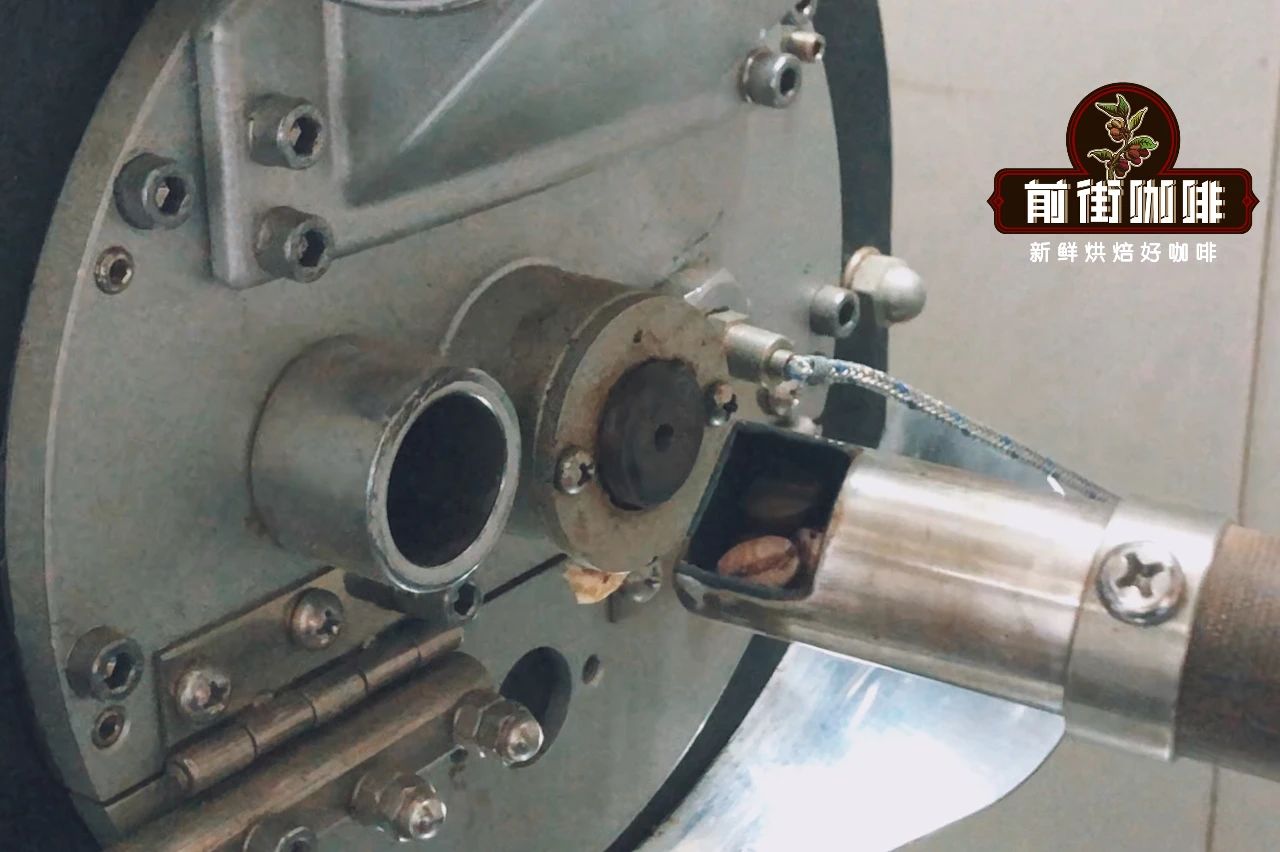
Brazilian red bourbon baking suggestion: Yangjia 800N, 550g beans. The furnace temperature is preheated to 200 degrees Celsius, the firepower is adjusted to 160, the throttle is opened at 3, the temperature recovery point is 1 / 39 / 30, and the firepower turns yellow, the smell of grass disappears, entering the dehydration stage, the firepower is reduced to 130, and the throttle is opened to 4. At 168 degrees, the firepower was reduced to 100 again. After dehydration, the bean surface appears wrinkles and black markings, and the smell of toast changes to coffee, which is a prelude to an explosion. Listen to the sound of an explosion at this time. When it starts to explode, the throttle door is fully open. After an explosion, the development time is 3 minutes and 10 seconds, and when it reaches 190C, the firepower drops to 50194 degrees, then to 30 degrees, and then to about 200degrees.
Coffee cup test report on Qianjie
Qianjie Coffee will be tested within 8-24 hours after the sample beans are roasted. Qianjie coffee makers generally use the cup test bowl capacity of 200ml ceramic bowl, which will be marked with 150ml and 200ml scale, according to SCAA standards, the TDS of water is about 150ppm, TDs is too low will easily cause over-extraction, too high will affect the taste and easy to lack of extraction, the cup measured the use of water temperature of 94 °. The cup test grinding degree according to the cup test standard of SCAA, the grinding degree is controlled as 20 standard screen (0.85mm), and the passing rate is 70% Mel 75%. Ratio: 11 grams of coffee powder plus 200 milliliters of hot water, that is, 1VR 18.18, so that the concentration of extraction happens to be within the range of 1.15% Murray 1.35% gold cup, soaking time: 4 minutes.
Brazilian Queen's Manor Cup Test
Dry fragrance: roasted nuts, cinnamon
Wet fragrance: roasted nuts, peanuts
Flavor: roasted nuts, peanut cream, fermented fruit, sucrose sweetness
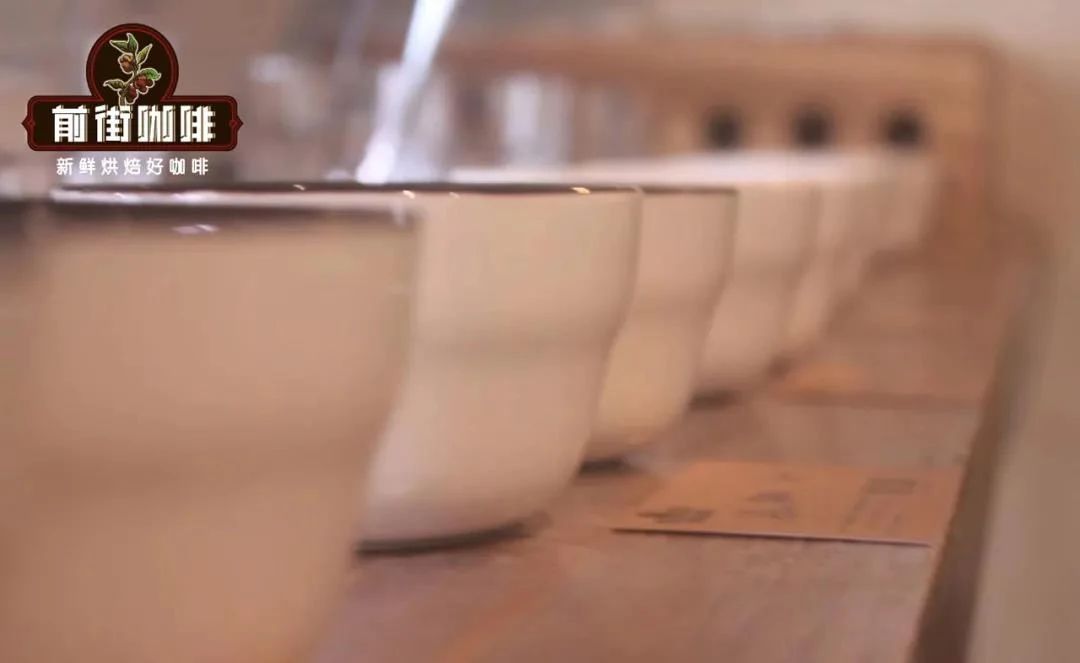
Brazilian red bourbon cup test
Dry incense: baked hazelnut, caramel
Wet fragrance: nuts, chocolate
Flavor: nuts, peanuts, cream, chocolate, caramel
Experience of brewing coffee in Qianjie
Cooking parameters: use Kono filter cup
Water temperature: 88 ℃
Amount of powder: 15g
Powder-to-water ratio: 1:15
Degree of grinding: medium and fine grinding (Chinese standard No. 20 screen pass rate 70-75%)
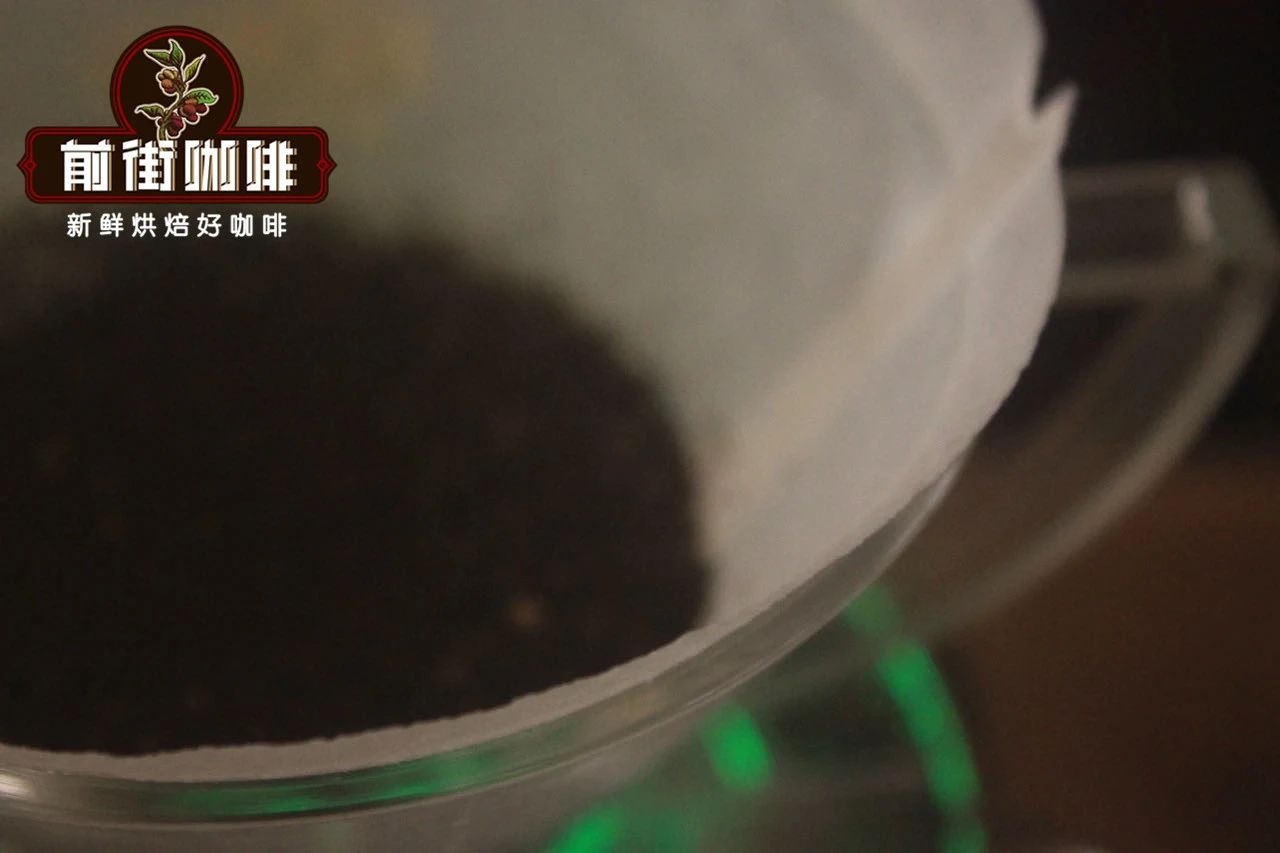
Street coffee is extracted by stages, also known as three-stage brewing: steaming with 30 grams of water for 30 seconds, injecting water around a circle to 125 grams for stages, continuing to inject water to 225 grams when the water level is about to be exposed to the powder bed, removing the filter cup when the water level is about to be exposed from the powder bed, (steaming starting timing) the extraction time is 2 grams 39th 05 "- 2 grams 3915".
Brazilian Queen's Manor Coffee brewing flavor: Sugar cane juice's fresh sweet, black tea, beautiful and smooth fruit sweetness, obvious nutty flavor, balanced and supple acidity, weak and clean bitterness, rich chocolate aroma and nutty flavor, bright and fresh taste, smooth and delicate taste.
Brazilian red fruit flavor: the entrance has obvious sweetness, with a hint of lemon aroma, with a strong nutty flavor, the latter part of the performance has an obvious dark chocolate flavor, the overall feeling is more round.
For more boutique coffee beans, please add private Qianjie coffee on Wechat. WeChat account: kaixinguoguo0925
Important Notice :
前街咖啡 FrontStreet Coffee has moved to new addredd:
FrontStreet Coffee Address: 315,Donghua East Road,GuangZhou
Tel:020 38364473
- Prev
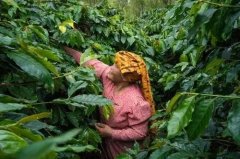
Why are gold manning more expensive than your coffee beans? How to cook golden manning coffee beans
Professional coffee knowledge exchange more coffee bean information Please follow the coffee workshop (Wechat official account cafe_style) if you ask Qianjie if there are any beans that are not sour, all my colleagues in Qianjie will certainly move out Manning Coffee from Indonesia when recommending coffee beans. Coffee alcohol in Indonesia is thicker than coffee beans in Central and South America and Asia, and less acidic than the other two.
- Next
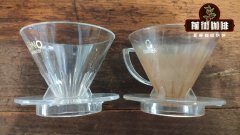
How to choose the material of hand coffee filter cup? Does the material of the filter cup have a great influence on coffee?
As long as people pour coffee on it, they keep talking about filter cups. Flat bottom or conical shape, the best size, choose the right filter cup to consider a lot of variables. However, one of the less discussed points is the material used to construct the filter cup. Although many people think this is not important, it does affect the way coffee is extracted. Which variables affect the cooking process? Pour in the coffee
Related
- Beginners will see the "Coffee pull flower" guide!
- What is the difference between ice blog purified milk and ordinary milk coffee?
- Why is the Philippines the largest producer of crops in Liberia?
- For coffee extraction, should the fine powder be retained?
- How does extracted espresso fill pressed powder? How much strength does it take to press the powder?
- How to make jasmine cold extract coffee? Is the jasmine + latte good?
- Will this little toy really make the coffee taste better? How does Lily Drip affect coffee extraction?
- Will the action of slapping the filter cup also affect coffee extraction?
- What's the difference between powder-to-water ratio and powder-to-liquid ratio?
- What is the Ethiopian local species? What does it have to do with Heirloom native species?

